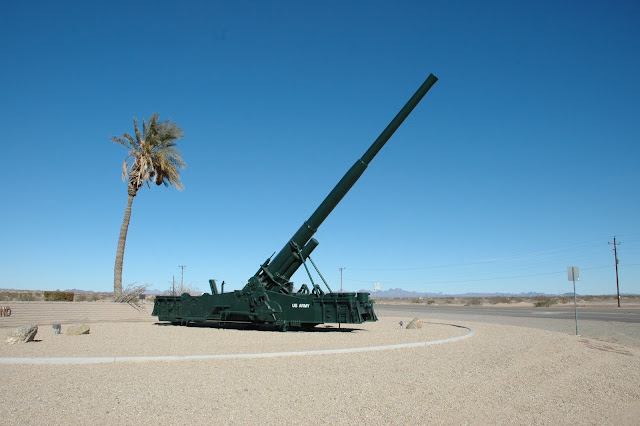Tres Rios Wetlands

Down in the southern and western section of Phoenix, AZ, sits 500 acres of pristine land known as the Tres Rio Wetlands. The manufactured property is next to the Estrella Mountains and where you will find Great Blue Herons, beavers and bobcats that roam freely throughout the land. The sanctuary for native trees, wetland vegetation and animals was constructed as a proficient way to eradicate nitrogen from the wastewater running from the sewage treatment plant which sits next to the refuge. Many of these wetlands, marshes or riparian are located around the world. They aid in flood control while providing a place for many different animals and water-rooted plants/trees to thrive. There are at least 1,000 of these engineered wetlands all over the country. Most of them are located in the southwest where reclaimed water flows for irrigation of non-edible crops such as cotton. With its many indigenous trees, wildlife, birds and mammals,...



